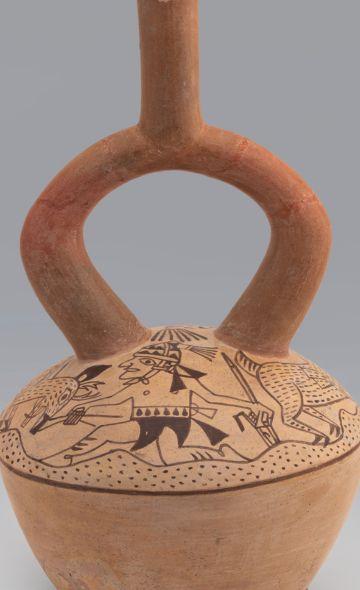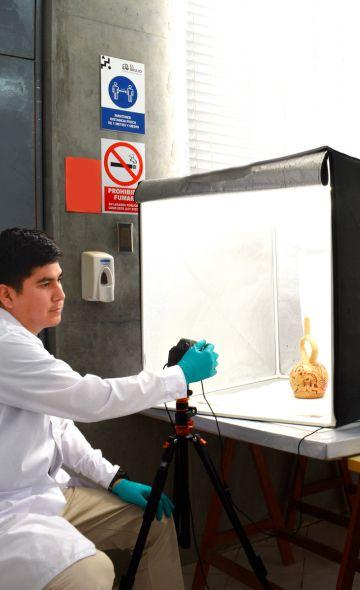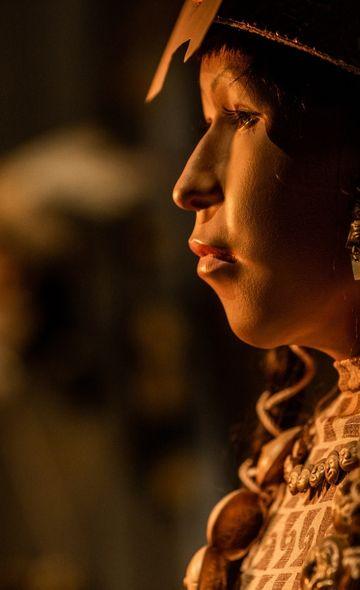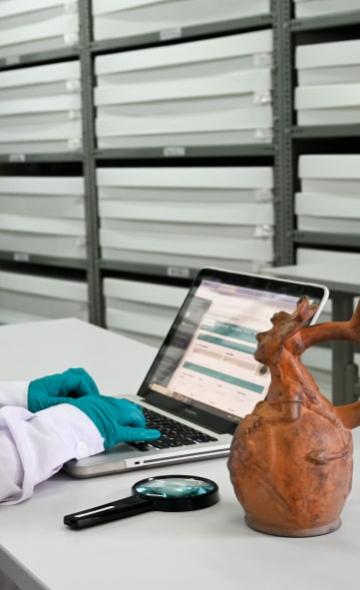- Visitors
- Researchers
- Students
- Community
- Information for the tourist
- Hours and fees
- How to get?
- Visitor Regulations
- Virtual tours
- Classic route
- Mystical route
- Specialized route
- Site museum
- Know the town
- Cultural Spaces
- Cao Museum
- Huaca Cao Viejo
- Huaca Prieta
- Huaca Cortada
- Ceremonial Well
- Walls
- Play at home
- Puzzle
- Trivia
- Memorize
- Crosswords
- Alphabet soup
- Crafts
- Pac-Man Moche
- Workshops and Inventory
- Micro-workshops
- Collections inventory
- News
- Researchers
- Ornaments of power of the Lady of Cao: Atlatls and Darts
News
CategoriesSelect the category you want to see:
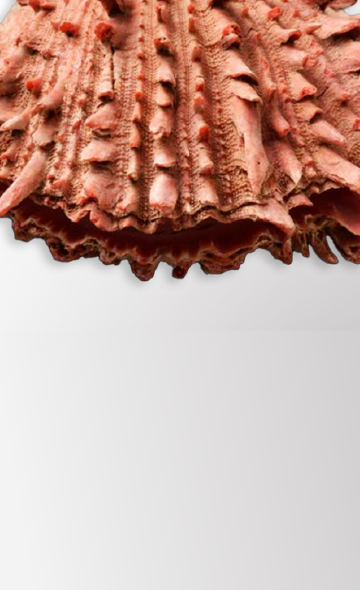
The Use of Spondylus Shells in Moche Ceremonial Contexts: Why Were They Symbols of Status and Wealth? ...
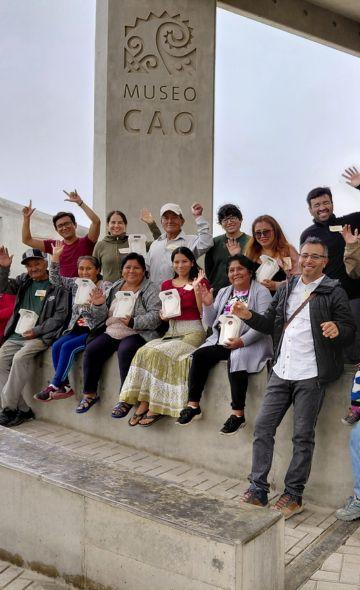
El Brujo Celebrated International Museum Day with Its Community: A Day of Encounter and Cultural Co-Creation ...
To receive new news.
By: Yuriko Garcia Ortiz
The atlatls, also known as spear-throwers or dart-throwers (Chamussy, 2012: 47), are part of a set of offensive weapons composed of two pieces and have been present since early periods.
During the unwrapping process of the Lady of Cao, 23 atlatls and 10 darts were recorded in layers 15 and 21, respectively (Fernández, 2021). The characteristics of these pieces indicate their association with symbols of power and while a selection of them is exhibited in Room 6 of the El Brujo site museum, our publication on the funerary context of the Lady of Cao provides a detailed description of each of these objects and the role they played in Moche times (Franco, 2021).
Darts and Atlatls: manufacture and decoration
The Lady of Cao’s atlatls (estólicas) are composed of two parts: (a) the shaft, consisting of the length of the handle, the base and the appendage that hooks the dart (venablo); (b) the grip, formed by the sculptural body, the appendage and an elongated base.
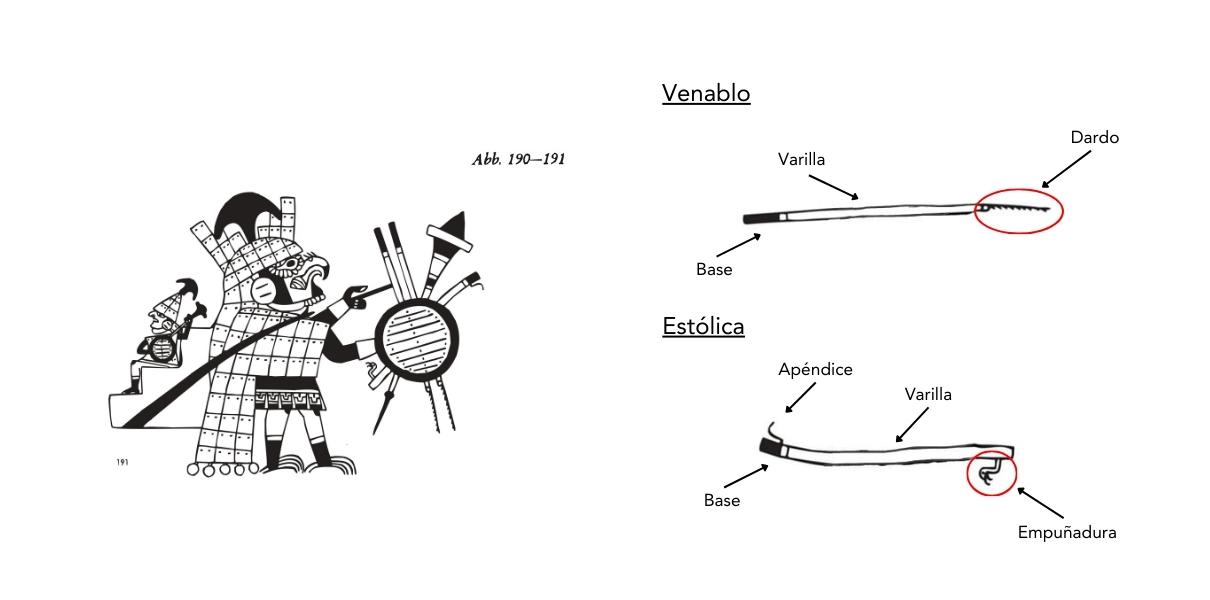
Figure 1. Parts of the dart and atlatl. Drawing by Kutscher (1983: Abb. 191).
Both parts were previously carved separately in wood before being covered with sheets of gilded copper and tied together with cords to assemble the atlatl (estólica). These metal sheets were produced using different manufacturing techniques, among which hammering, cutting, perforating, and rolling stand out, before being fastened to the wood with copper nails.
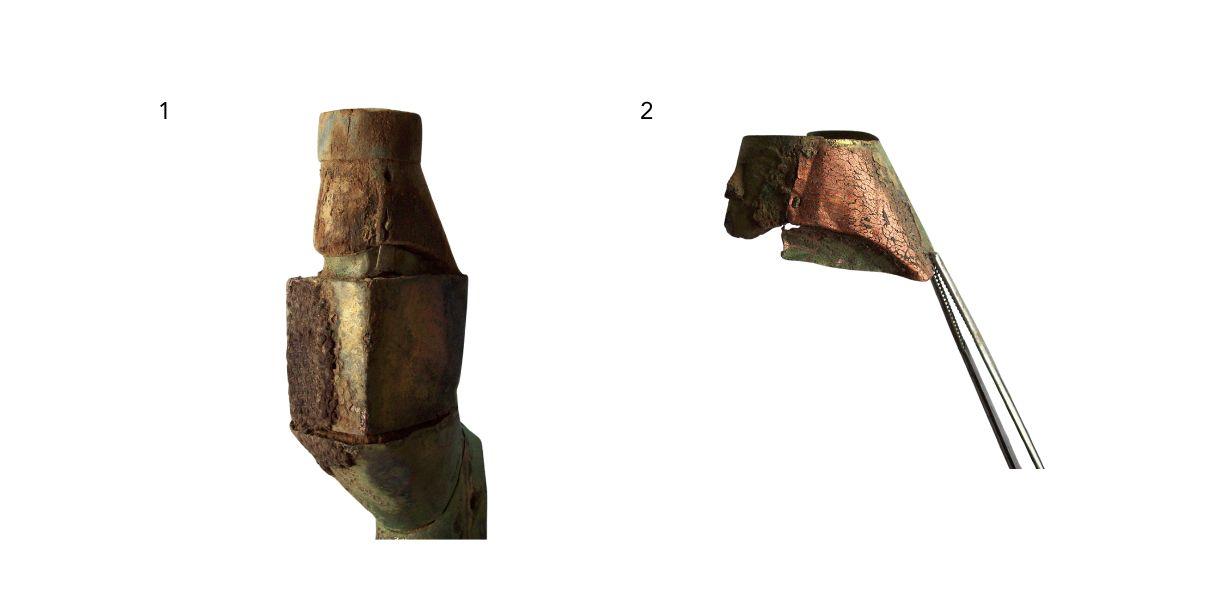
Figure 2. Atlatl grip. (1) carved in wood; (2) covered with gilded copper sheets and joined with nails. CAEB photographic archive.
On the shafts of the atlatls, two distinct tones of gilded copper sheets were used, allowing the identification of at least five types of decoration in alternating intervals; however, due to the preservation state of the pieces, it is estimated that there may be more yet to be identified. Furthermore, these pieces have two types of circular bases: one that extends beyond the diameter of the shaft, and another mechanically attached to the final sheet wrapping the shaft. In addition, while some pieces have lost the appendage used as a hook for the dart, others preserve it in two forms: an elongated rectangular structure and a tubular structure no longer than 5 cm.
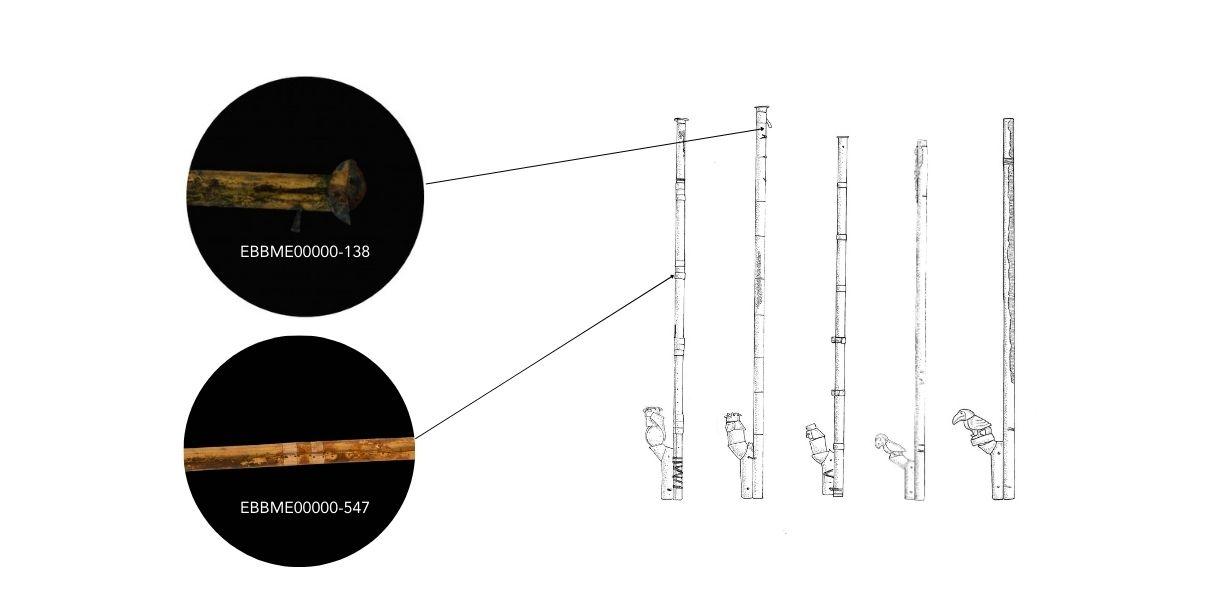
Figure 3. Atlatl shafts: decoration and base. CAEB graphic archive.
The grips are the most elaborately decorated parts of the atlatls. The sculptural bodies feature different zoomorphic representations (birds) as well as anthropomorphic figures with human faces wearing headdresses. The appendages that serve as the base for these figures may be circular, rectangular, or trapezoidal, while the elongated section contains two perforations through the wood, allowing it to be securely attached to the shaft.
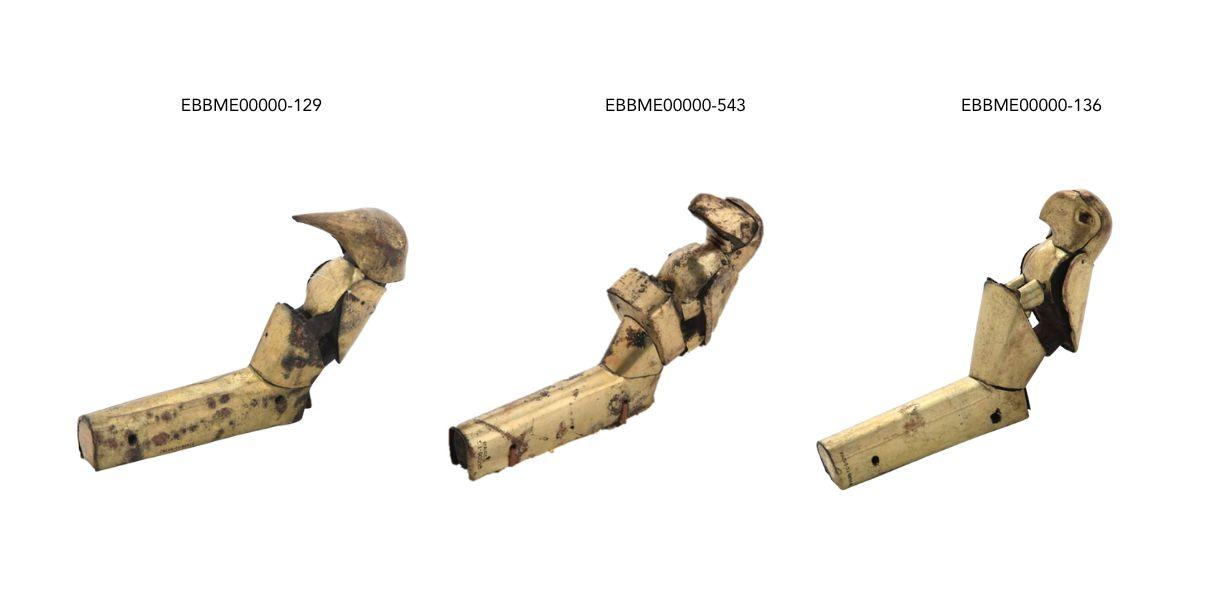
Figure 4. Types of zoomorphic grips, different birds identified by their beaks.
Unlike the zoomorphic figures, which are distinguished by their beaks and feathers, the anthropomorphic characters are represented by different types of headdresses, with or without decoration, including pendants made of circular, rectangular, or triangular plaques.
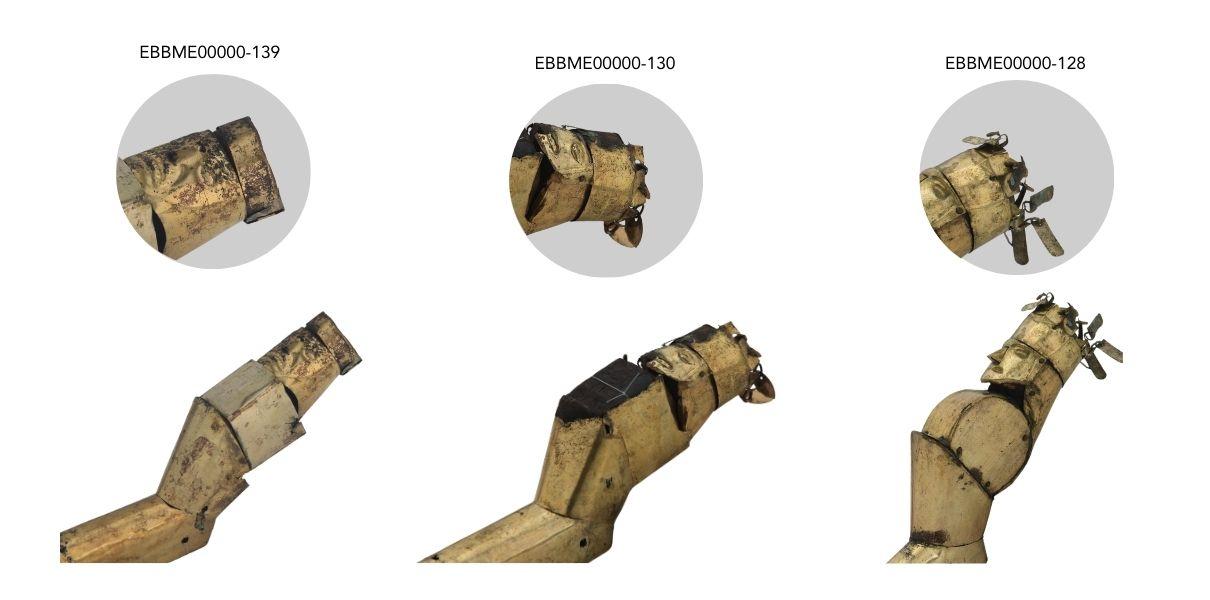
Figure 5. Headdress decorations of anthropomorphic grips.
The darts were found arranged in groups of five on each side of the Lady of Cao’s arms. They were crafted in gold with blunt tips, measuring approximately 24 cm in length and 4 cm in diameter.
Regularity, uses and functions
Although some researchers mention that, during Moche period, these objects were primarily hunting weapons rather than instruments of war (Chamussy, 2012: 52), their potential use in warfare cannot be dismissed, as they are depicted alongside anthropomorphic figures bearing shields, clubs and darts (Kutscher, 1983: Abb. 117, 150, 167–169, 187–188, 190).
At the Huaca Cao Viejo, excavations carried out in the 1990s recorded several tombs located to the west of the ceremonial plaza. In Enclosure 4, burial 15 (1995) was accompanied by several vessels arranged along the body. Among these, piece EBBCE00000-136 is a stirrup-spout bottle with a double-cone body and ring base, which depicts on its upper section with a deer-hunting scene painted in dark red. The scene, drawn in duplicate on both sides of the bottle, shows figures wearing headdresses, holding an atlatl, and attacking a cervid (Alva, 2024: 105).
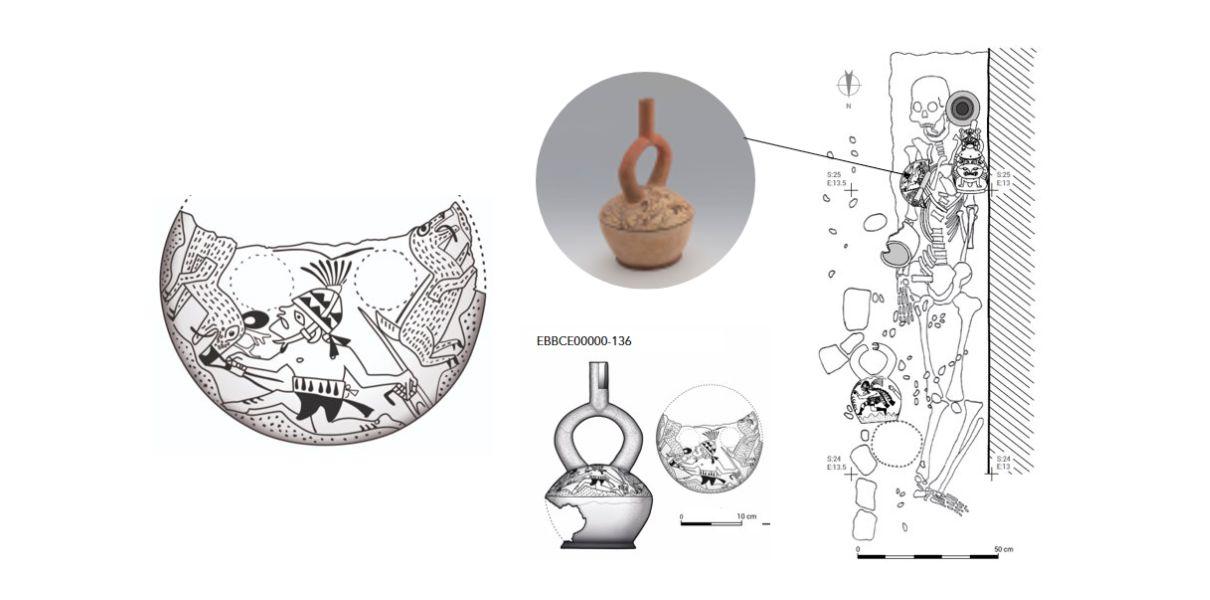
Figure 6. Burial 15 and stirrup-spout bottle EBBCE00000-136 (Alva, 2024: 204–205).
In the same way, Kutscher’s (1983) iconographic catalogue provides further details about the repertoire of weapons used by the Moche. From this, we know that, accompanying the atlatl, the venablo consisted of a shaft and a dart that gave the piece greater solidity. This is particularly relevant since, in the funerary bundle of the Lady of Cao, only the darts were found. Given the weight of the atlatls, ranging between 200 and 300 grams, they are considered to have had a more ornamental than functional role (Fernández, 2021: 160).
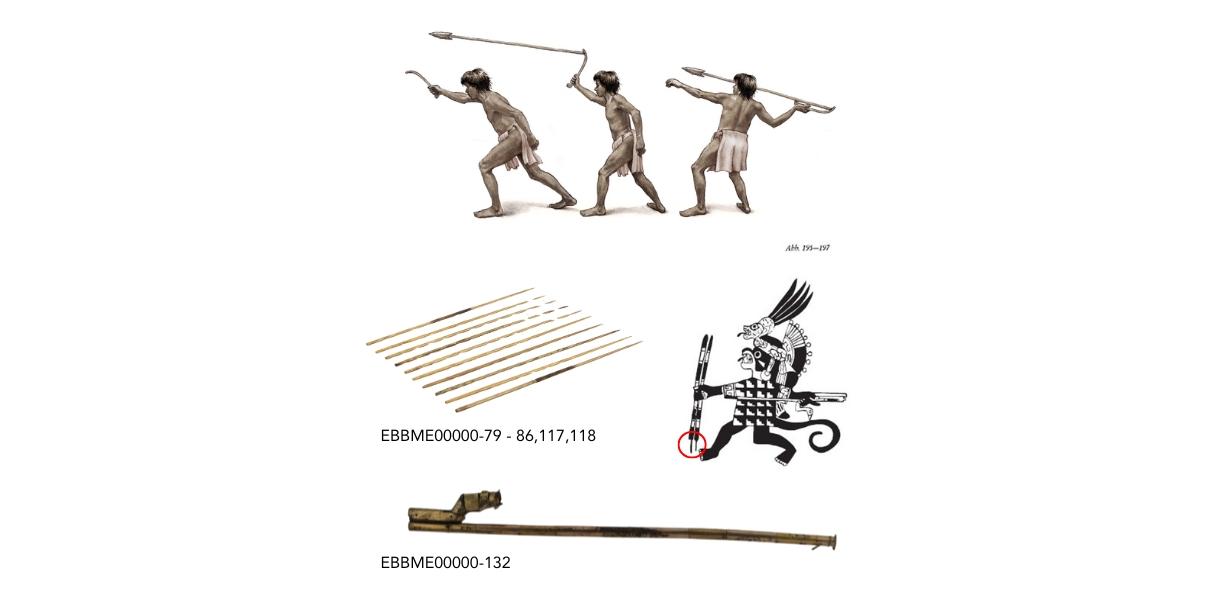
Figure 7. Darts and atlatls of the Lady of Cao. Illustrated representations (Olli Österberg online; Kutscher, 1983: Abb. 195).
Visit Rooms 3 and 6 of the Cao Museum!
Did you know that several pieces from the collection are on display at the El Brujo site museum? Similar to the Lady of Cao’s atlatls, Room 3 features three wooden pieces decorated with shell and semi-precious stone inlays, as well as sculptural representations of the lunar animal and birds. You are sure to love it!
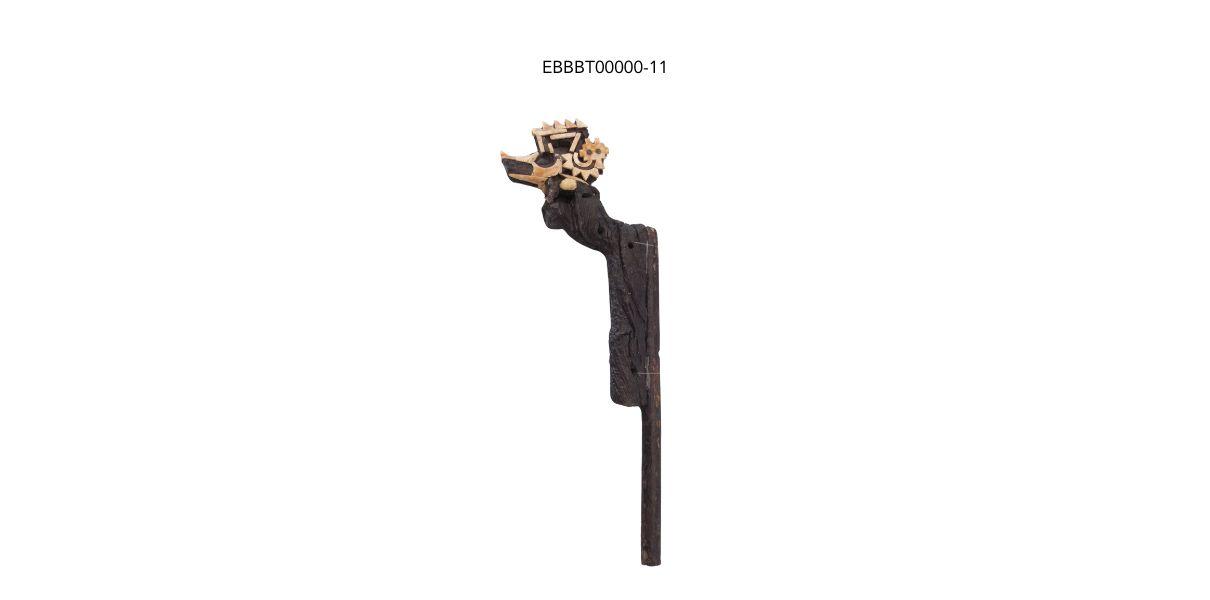
Figure 8. Atlatl on display in Room 3 of the El Brujo site museum.
Footnotes
i. Described as a short throwing spear (Real Academia Española, n.d., definition 1). Usually composed of a shaft and a dart.
References
Alva, J. (2024). The Ceramics of El Brujo. Cupisnique and Moche Periods. Collection Catalogue. Fondo de Cultura Económica (Economic Culture Fund)
Chamussy, V. (2012). Use of Projectile Weapons in the Central Andean Area: Hunting or war weapons? Arqueología y Sociedad, 24, 43–86.
Fernández, A. (2021). Unwrapping Funerary Bundles. In A. Bazán (Ed.), The Funerary Context of the Lady of Cao. Discovery and Investigation of Moche Elite Burials at the Huaca Cao Viejo, El Brujo Archaeological Complex (pp. 116–187). Wiese Foundation.
Franco, R. (2021). Symbols of Power in the Emblems and Metal Ornaments of the Lady of Cao. In A. Bazán (Ed.), The Funerary Context of the Lady of Cao. Discovery and Investigation of Moche Elite Burials at the Huaca Cao Viejo, El Brujo Archaeological Complex (pp. 334–359). Wiese Foundation.
Kutscher, G. (1983). Nordperuanische Gefässmalereien des Moche-Stils. Munich: Beck-Verlag.
Researchers , outstanding news


